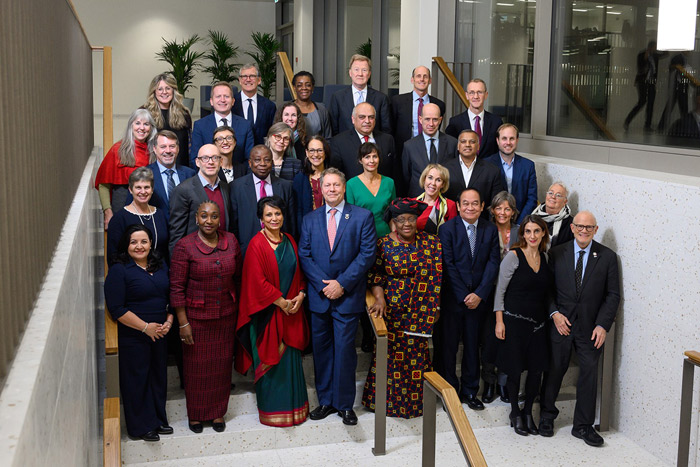14 Annex A Implications pdf
1
Re port to the Board
?
Doc 14 ? Annex A: Implications
Annex A: Implications
Financial implications
? A strategy to strengthen YF diagnostic capacity including diagnostic market
shaping, technical assistance (TA) , quality assurance/quality control
(QA/QC) assessments, sample transportation, and coordination would
require an estimated US$ 13.5 million during 2019 -2021.
? This estimate includes approximately US$ 8.2 million for the procurement
and distribution of laboratory reagents, supplies, and equipment, of which
US$ 4.6 million would be for 2019 -2020. In addition, approximately
US$ 5.3 million would be needed for TA, QA/QC testing, sample
transportation, and WHO global and regional YF laboratory coordination
during 2019 -2021, of which appro ximately US$ 3.5 million would be for
2019 -2020. The Gavi Secretariat will seek to absorb the 2019 estimated
costs of approximately US$ 1.7 million for TA, QA/QC testing, sample
transportation, and WHO global and regional YF laboratory coordination
within the existing approved PEF budget .
Risk implications and mitigation
? If the problems with YF diagnostic capacity in Africa are not addressed, there
is a risk that YF outbreaks will be detected late, leading to larger outbreaks
that require more resources, including vaccines, to contain; result in more
morbidity and mortalit y; disrupt routine immunisation more; and have
greater potential to spread to additional countries, as occurred with the
2015 -2016 Angola outbreak, in which international travellers imported
yellow fever into China, the Democratic Republic of Congo, Kenya, and
Mauritania.
? YF serologic tests are unable to distinguish between antibodies formed in
response to YF infection and antibodies formed in response to YF
vaccination, and the latter can persist for relatively long periods of time. An
individual?s vaccin ation history is necessary for interpreting serologic
results, but that information is often not available or is uncertain. As a result,
as vaccination coverage improves there will be an increased risk for false
positive test results that could prompt unne cessary reactive mass
vaccination campaigns that unnecessarily disrupt routine immunisation.
Improving YF laboratory capacity in Africa so that molecular testing for YF
RNA is readily available for appropriately timed specimens would help to
offset this ri sk.
? There is a risk that at least some of the governments of countries at high risk
for YF in Africa, may not provide funding for at least some portion of the
costs of the supplies, equipment, and services supported through this
initiative. Similarly, the re is a risk that countries may not sustain their YF
laboratory capacity after the end of Gavi support.
o Initial discussions with laboratory directors from Nigeria, Cameroon,
Chad, Benin, Togo, Cote d?Ivoire, Mali, and Uganda have been

